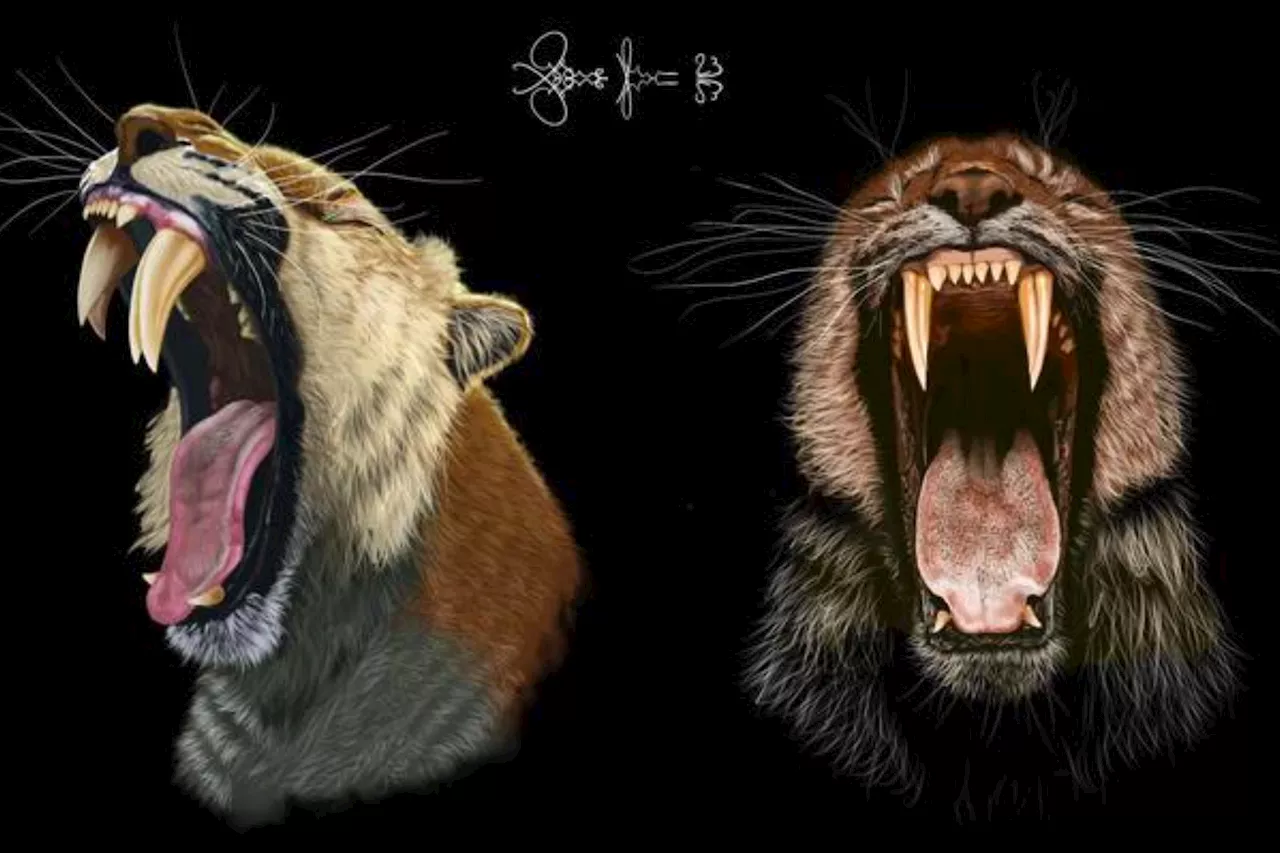The skulls showed the saber tooth socket was occupied by two teeth, with the adult tooth slotted into the baby tooth.
Saber-toothed tigers may have had two sets of their famous fangs for a period of their adolescence, fossil evidence reveals.One species of these ancient and extinct cats, famed for their large and powerful saber-like teeth, is named Smilodon fatalis. The discovery of over 2,000 of these cats' skulls at the La Brea Tar Pits near Los Angeles established them as California's state fossil.Many of these skulls were found with double fangs, which were initially thought to be a fluke.
This strange system helped stabilize the growing adult tooth, protecting it from lateral breakage during its eruption, the theory goes.'This new study is a confirmation—a physical and simulation test—of an idea some collaborators and I published a couple of years ago: that the timing of the eruption of the sabers has been tweaked to allow a double-fang stage,' Tseng said.
United States Latest News, United States Headlines
Similar News:You can also read news stories similar to this one that we have collected from other news sources.
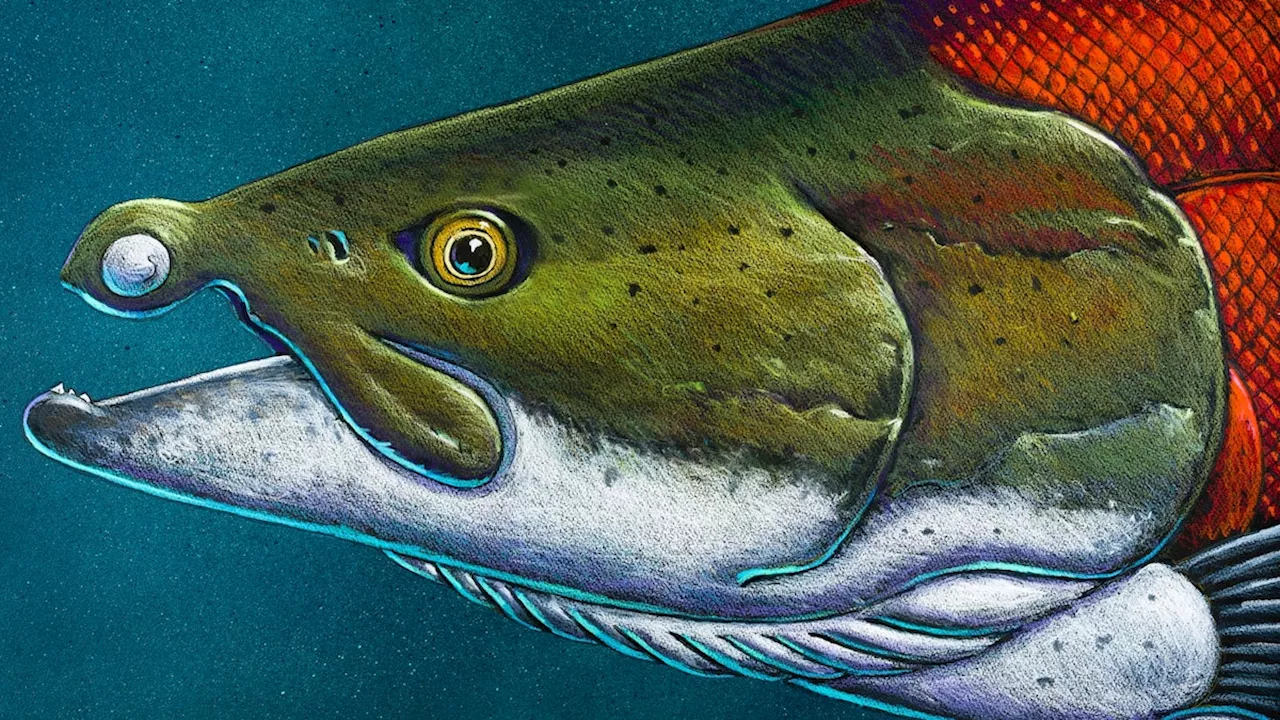 This 8-foot-long ‘saber-toothed’ salmon wasn’t quite what we thoughtFor years, paleontologists thought this ancient salmon was like a saber-toothed cat, but now facial reconstruction offers a brand new look.
This 8-foot-long ‘saber-toothed’ salmon wasn’t quite what we thoughtFor years, paleontologists thought this ancient salmon was like a saber-toothed cat, but now facial reconstruction offers a brand new look.
Read more »
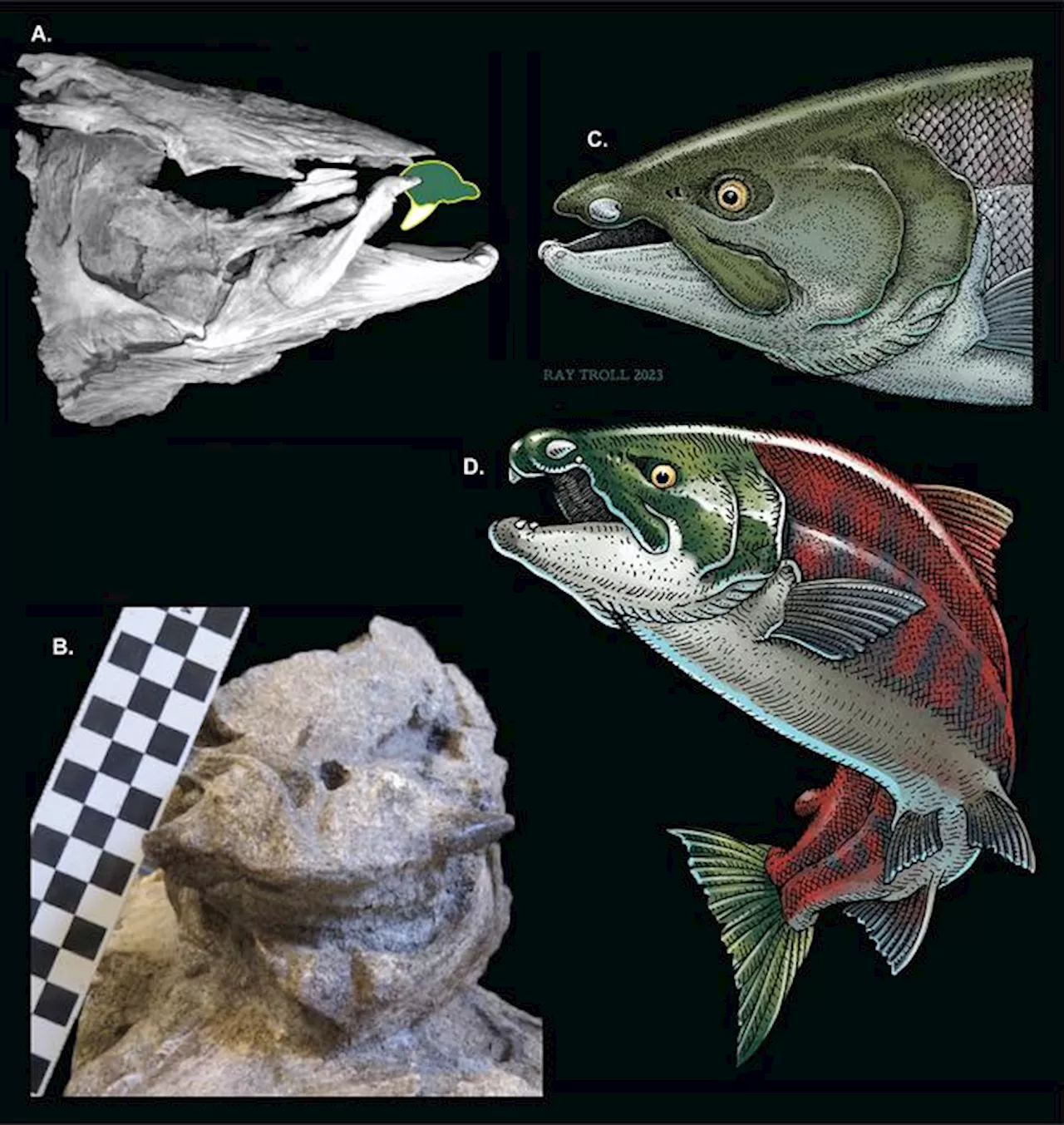 Ancient Salmon Resembles Aquatic Warthog, Not Saber-Toothed FishNew fossil of 9-foot-long tusked fish prompts paleontologists to reconsider giant salmon’s nickname.
Ancient Salmon Resembles Aquatic Warthog, Not Saber-Toothed FishNew fossil of 9-foot-long tusked fish prompts paleontologists to reconsider giant salmon’s nickname.
Read more »
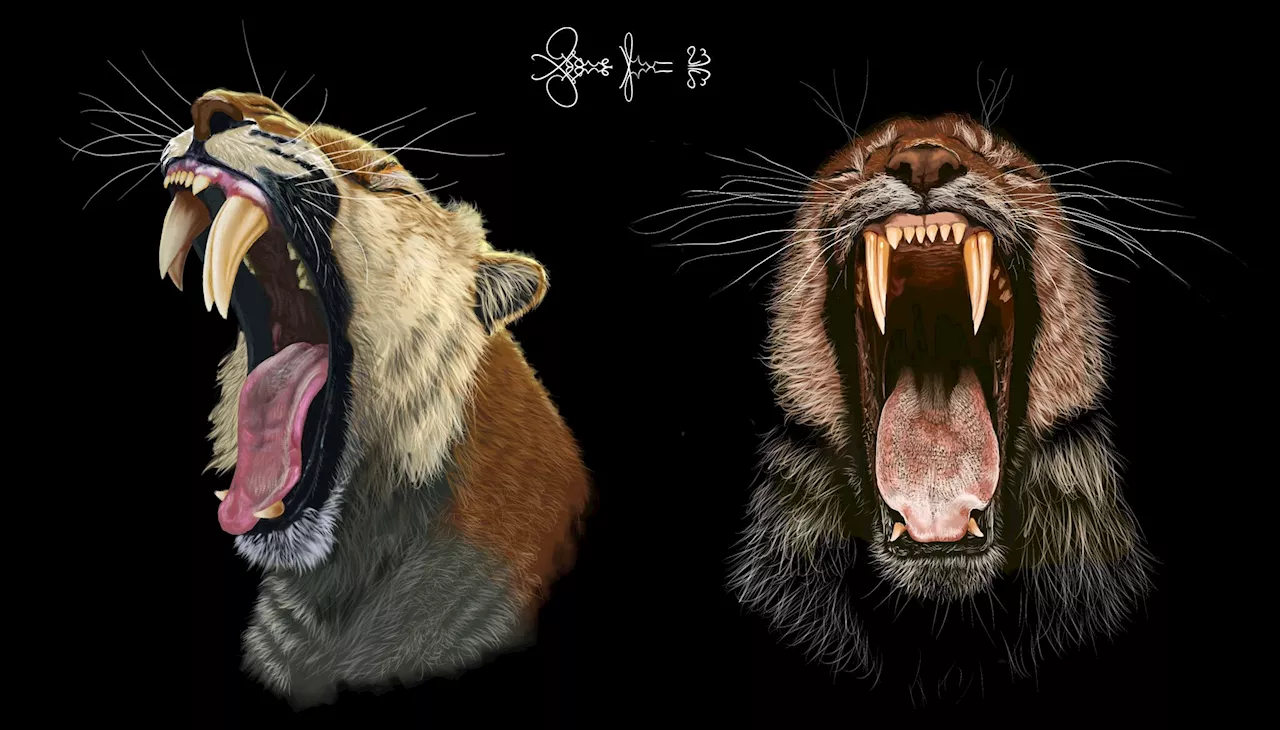 Evidence suggests saber-toothed cats held onto their baby teeth to stabilize their sabersCalifornia's state fossil—are familiar to anyone who has ever visited Los Angeles' La Brea Tar Pits, a sticky trap from which more than 2,000 saber-toothed cat skulls have been excavated over more than a century.
Evidence suggests saber-toothed cats held onto their baby teeth to stabilize their sabersCalifornia's state fossil—are familiar to anyone who has ever visited Los Angeles' La Brea Tar Pits, a sticky trap from which more than 2,000 saber-toothed cat skulls have been excavated over more than a century.
Read more »
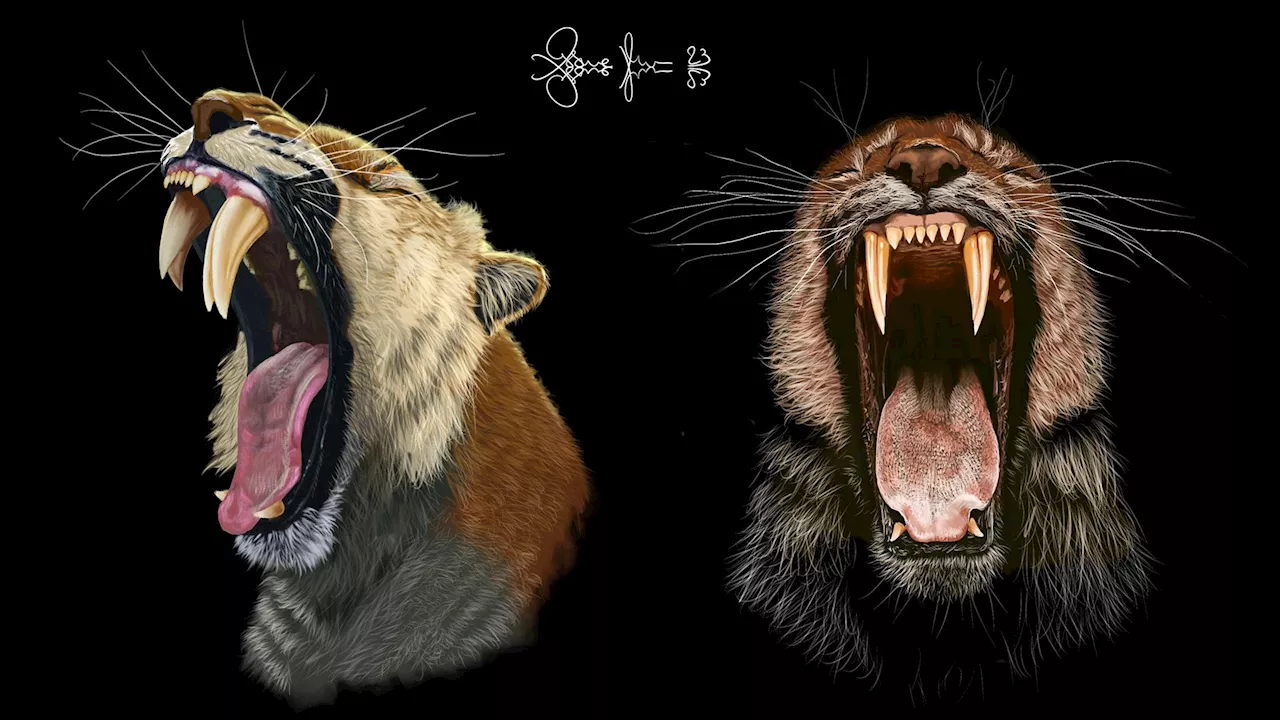 How saber-toothed cats’ baby teeth kept their adult fangs from breakingLaura is a science news writer, covering a wide variety of subjects, but she is particularly fascinated by all things aquatic, paleontology, nanotechnology, and exploring how science influences daily life. Laura is a proud former resident of the New Jersey shore, a competitive swimmer, and a fierce defender of the Oxford comma.
How saber-toothed cats’ baby teeth kept their adult fangs from breakingLaura is a science news writer, covering a wide variety of subjects, but she is particularly fascinated by all things aquatic, paleontology, nanotechnology, and exploring how science influences daily life. Laura is a proud former resident of the New Jersey shore, a competitive swimmer, and a fierce defender of the Oxford comma.
Read more »
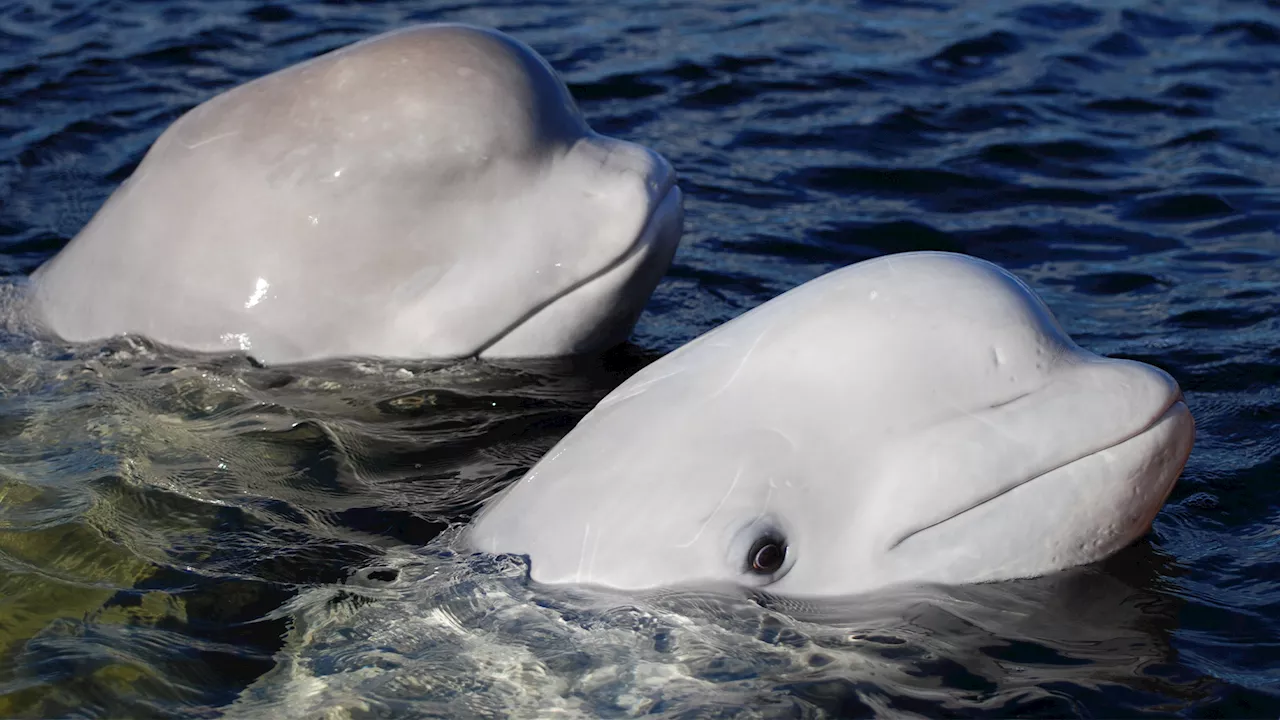 New Genetic Analysis Reveals Evolution of Echolocation in Toothed WhalesGenetic analysis suggests that the fatty tissues enabling echolocation in toothed whales may have evolved from their skull muscles and bone marrow, changing their eating habits and perception of the world.
New Genetic Analysis Reveals Evolution of Echolocation in Toothed WhalesGenetic analysis suggests that the fatty tissues enabling echolocation in toothed whales may have evolved from their skull muscles and bone marrow, changing their eating habits and perception of the world.
Read more »
 Toothed whale echolocation organs evolved from jaw muscles, new research suggestsDolphins and whales use sound to communicate, navigate and hunt. New research suggests that the collections of fatty tissue that enable toothed whales to do so may have evolved from their skull muscles and bone marrow.
Toothed whale echolocation organs evolved from jaw muscles, new research suggestsDolphins and whales use sound to communicate, navigate and hunt. New research suggests that the collections of fatty tissue that enable toothed whales to do so may have evolved from their skull muscles and bone marrow.
Read more »
